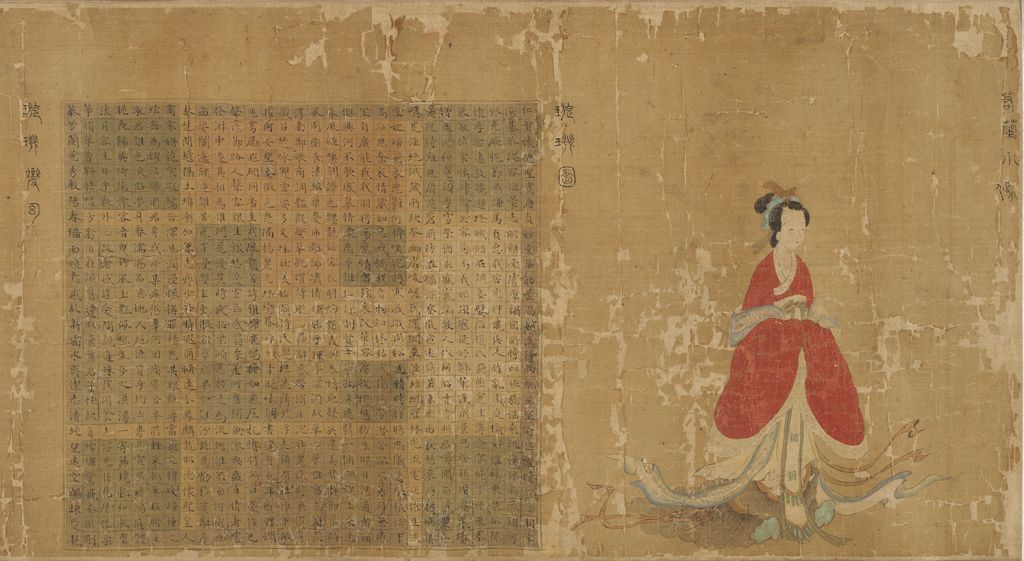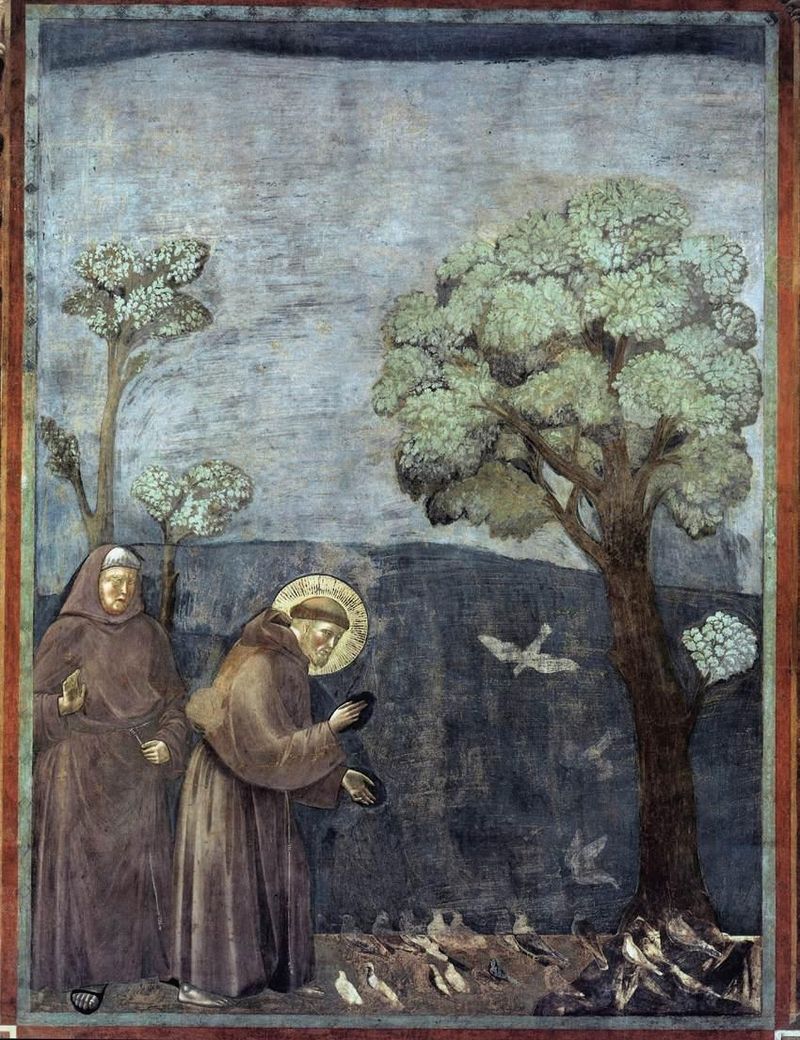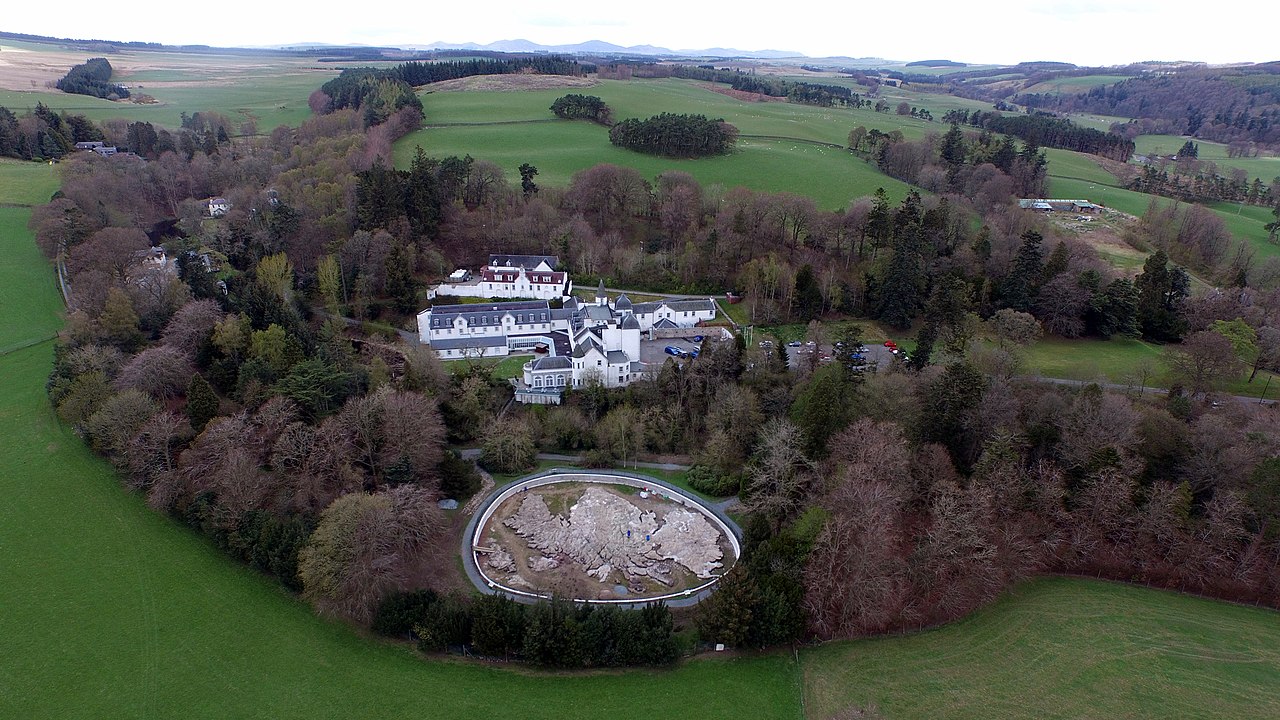Wild Geese Returning: Chinese Reversible Poems (2011) is an introduction to a form of poetry that can be read in different directions. Thanks to the way Chinese written characters take meaning from their position in a text, it is possible to write poetry that reads both forwards and backwards, whilst still retaining the formal the rhymes and syllable counts specific to poetic forms. As it says on the Calligrams site, reversible poetry's 'greatest practitioner, and the focus of this critical anthology, is Su Hui, a woman who, in the fourth century, embroidered a silk for her distant husband consisting of a grid of 840 characters. No one has ever fully explored all of its possibilities, but it is estimated that the poem—and the poems within the poem—may be read as many as twelve thousand ways.' Michèle Métail is a sinologist and poet who was also the first woman to be elected to the Oulipo back in 1975. She has studied this underground current in Chinese literature and translated examples by providing French versions (English, in Jody Gladding's recent translation) that go first one way and then another.
Su Hui with her great palindrome poem, the Xuanji Tu.
For this blog, I am particularly interested in landscape poems, and there are plenty of examples in Métail's book. Wang Rong (468-494), for example, wrote a short 'Reversible Poem Composed in the Imperial Garden' which begins with mountain peaks and ends with cicadas singing in the trees, and vice versa. 'In contemplating this landscape', Métail writes, we move from the distant to the close and from the close to the distant.' The imperial garden was the setting for a sequence of reversible quatrains composed in the next century by a gathering of poets in the circle of the emperor of the Liang dynasty, Xiao Gang (503-551). Xiao himself wrote of clouds over rocky peaks, water flowing through mountain slopes, a pond with swans and trees losing their leaves. Or, in reverse, leaves flying from the trees, swans gathered on a lake, mountains with veins of water and rock summits dividing the clouds.
Some of the most famous Chinese poets wrote reversible poems. The writer I discussed here last week, Yang Wanli, is included in Wild Geese Returning, along with two other Song Dynasty writers I have mentioned on this blog: Wang Anshi and Su Shi. Wang Anshi (1021-86) wrote 'Thoughts of a Traveler', which begins with geese on a secluded island and ends with the twists and turns of a river, then, twisting back on itself, returns across the landscape to the wild geese at rest. Su Shi (or Su Dongpo, 1036-1101) wrote poems to be sung in which the second half is the mirror image of the first. In one of them, there are reminders of the way nature itself produces reversals, in a branch turned upside down, or with reflections in water. This poem begins with the image of a horse running after fragrances and ends with a light fragrance following a horse. Su Shi also wrote a sequence on the fours seasons in which each individual line is sung and then reversed.
The theme of the seasons was also used by a more obscure Song Dynasty poet, Mei Chuang (dates unknown) and landscape imagery can be found within his other four extant reversible poems. In 'Two Poems Composed on West Lake for Amusement' the reverse reading renders the name West Lake into a description, 'west of the lake'. The same is true of Gushan, Solitary Mountain, and thus his poem provides new readings for Chinese place names. Earlier in the Song Dynasty, Qian Weizhi wrote a collection of ninety reversible and circular poems of which six have come down to us. 'Climbing the Pavilion of Great Compassion on a Spring Day' describes an ascent, or, read backwards, a descent. Circular poems are a separate genre that can be read from any point in one way or the other. Métail provides eight examples from the forty possibilities in one of Qian's poems. I will give two below (you have to think of 'kiosk' in its original sense as a garden pavilion).
Mountains like a point, snow lights the pavilion
Distant and close, sky turns the kiosk blue.
Peacefully receiving the moon, the shades shine
Cold penetrates the shelter in the misty evening.
Snow punctuates the mountainous shelter
Evening mist pentrates the cold shades.
Brilliant moon on the peaceful kiosk
Blue sky, near and sistant pavilion.
After the Song Dynasty there are further isolated examples of these kinds of poem, culminating, it could be said, in the sequence Zhang Yude wrote in the late eighteenth century for the Great Contemplation Pavilion in Xi'an, two hundred and sixty of which survive carved on stone stelas. But what of contemporary Chinese poets? Unsurprisingly perhaps, reversible poetry has not featured in recent official histories of Chinese literature, or written except as games or curiosities. However, Métail is aware of one exception: Xiong Yinzuo, a Chinese writer living in the US who has published collections of Reversible Poems on the Four Seasons (1978) and Reversible Poems from the Ju Hsin Studio (1980). Sadly, these have not been translated as far as I can see. Métail writes that they are 'devoted to the impressionistic notation of the smallest details of a landscape in order to comprehend the multiple changes at work in the universe, for which the reversible poem remains the most original poetic illustration.'










